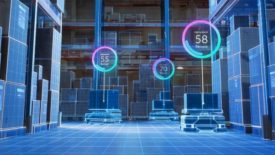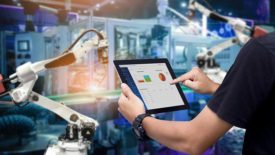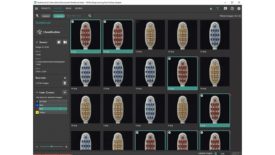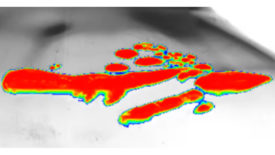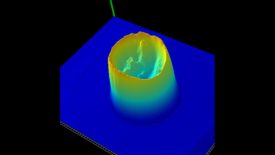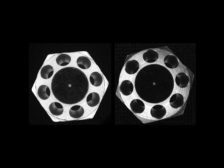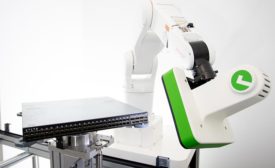Home » deep learning (DL)
Articles Tagged with ''deep learning (DL)''
Vision & Sensors | Trends
Observations on the market and the technologies that could be the next to impact applications in automation.
Read More
Vision & Sensors | Trends
Machine Vision Developments Drive Automation Upward
As business needs grow and transform over time, suppliers continue pushing machine vision technology forward.
December 9, 2022
Vision & Sensors | Analysis
Understanding The Value Proposition For Deep Learning in Machine Vision
Deep learning software represents a powerful tool in the machine vision toolbox, but one must first understand how the technology works and where it adds value.
September 1, 2022
Vision & Sensors | Vision
Developments in Vision Systems: Deep Learning, Rapid Development Environments And Factory Integration
The move to Industry 4.0 requires better connectivity to enable data trasnfer and sharing between all components within the factory structure.
May 1, 2022
Vision & Sensors | Trends
The Place for Deep Learning in Industrial Machine Vision
Deep learning is an "add on" to traditional machine vision. It does not eliminate the ability to handle a range of tasks using traditional tools.
May 1, 2022
Vision & Sensors | Trends
Advanced Imaging And Deep Learning Technologies Execute Critical Packaging Inspection
While machine vision applications have been highly successful for decades using "analytical" vision tools, deep learning is able to successfully solve very complex classification and object detection problems with ease.
March 1, 2022
Vision & Sensors | Systems Integration
Machine Vision Systems Integration: Deep Learning
An introduction to when and how to incorporate deep learning in industrial automation applications.
September 1, 2021
The Hybrid Approach
Combining the best of traditional machine vision and deep learning.
January 12, 2021
Stay in the know with Quality’s comprehensive coverage of
the manufacturing and metrology industries.
eNewsletter | Website | eMagazine
JOIN TODAY!Copyright ©2024. All Rights Reserved BNP Media.
Design, CMS, Hosting & Web Development :: ePublishing
